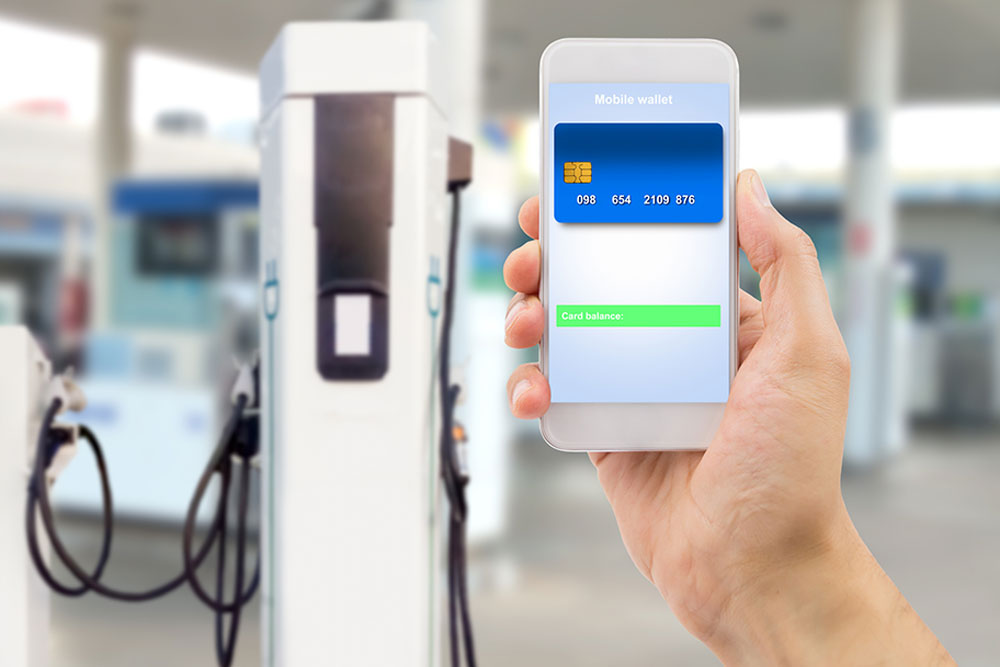
The global shift towards sustainability and the widespread adoption of electric vehicles (EVs) have ushered in a new era of transportation. As public entities play a pivotal role in shaping the future of their communities, embracing EV charging infrastructure has become more critical than ever. In this article, we will delve into the significance of EV charging infrastructure for public entities, highlighting its benefits, challenges, and positive impact on local communities and the environment.
1. Driving Sustainable Progress
Public entities, including municipalities, government offices, and educational institutions, hold a unique position to lead by example in sustainable practices. By investing in EV charging infrastructure, these entities demonstrate their commitment to reducing greenhouse gas emissions, air pollution, and dependence on fossil fuels. This initiative aligns with global efforts to combat climate change and create a healthier environment for present and future generations.
2. Encouraging EV Adoption
Accessible and convenient EV charging infrastructure encourages the adoption of electric vehicles among residents and employees. By installing charging stations in public spaces, workplaces, and educational institutions, public entities actively contribute to the growth of the EV market. This, in turn, accelerates the transition to cleaner transportation options, reducing the community’s overall carbon footprint.
3. Boosting Economic Growth
Deploying EV charging stations can stimulate economic growth by attracting environmentally conscious businesses and consumers. Public entities that invest in charging infrastructure position themselves as hubs for progressive and sustainable practices, potentially drawing in green industries and supporting local companies involved in EV-related services.
4. Enhancing Public Services
Public entities can incorporate EV charging stations into their public service offerings, fostering a sense of community well-being. For instance, EV charging stations at libraries, community centers, and recreational facilities provide essential services for residents while promoting sustainable living.
5. Overcoming Challenges
While the benefits of EV charging infrastructure are substantial, public entities may encounter challenges such as funding constraints, site selection, and navigating the complexities of installation and maintenance. Collaboration with experienced electrical contractors and strategic partnerships can help public entities address these challenges effectively and ensure the successful implementation of charging infrastructure projects.
6. Long-Term Cost Savings
Transitioning to EVs and investing in charging infrastructure also presents long-term financial advantages for public entities. EVs have lower operating and maintenance costs compared to internal combustion engine vehicles. By offering charging facilities, public entities promote cost-efficient transportation options for their employees and residents.
Public entities have a unique opportunity to lead the way by embracing EV charging infrastructure in the journey towards a sustainable future. By doing so, they become champions of cleaner air, reduced emissions, and a resilient energy landscape. The positive ripple effects extend beyond environmental benefits to economic growth, enhanced public services, and a strong sense of community pride.
As electric contractors committed to shaping a greener tomorrow, we encourage public entities to take a proactive stance in electrifying their communities. By investing in EV charging infrastructure, these entities contribute to a healthier environment and set the stage for a future defined by sustainable progress, innovation, and a commitment to the well-being of their residents and beyond.